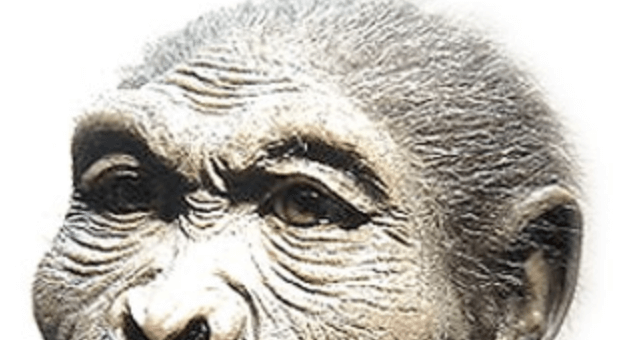“Lucy,” the archetypal evolutionary ancestral link to humankind, achieved instant fame when her skeleton was discovered in Ethiopia on Nov. 24, 1974, by paleontologist Donald Johanson and Tom Gray. For years, scientists and educators have displayed her photographs and explained how this “missing link” (or, more properly, “evolutionary intermediary”) proves Darwin’s theory.
But researcher and author David Rives says we shouldn’t place so much stock in Lucy after all. In fact, he tells Dr. Steve Greene on a recent episode of the Greenelines podcast on the Charisma Podcast Network, “If we were to just dive into a few of the more recent discoveries with Lucy, things that we should have spotted much earlier, it is shocking what we haven’t been told about this supposed ape-like ancestor.”
Scientists have been staring at Lucy’s skeleton for more than 40 years now, Rives says. “And they finally realized that there’s one bone that has been sitting there all along that actually doesn’t belong to the same creature. It’s from an extinct bonobo [a type of monkey]. And they missed that for 30 or 40 years … because they were so blinded by wanting an ape-like ancestor that they did not question it. They were so obsessed with it that they just sort of created this skeleton out of thin air in the shape that they wanted it to be, and they missed that some of the bones were from different creatures.”
Rives adds yet another surprising discovery about Lucy, who was found with a fractured pelvis bone. “They literally took a grinder to these bones and glued [her pelvis] back together. And when they did that, they glued it back together in a way that made it look like she walked upright. Okay, so maybe she wasn’t an upright walking human ancestor.”
And Rives has more evidence against Lucy’s legendary human-ancestor status. “All of the long bones in her body were fractured, and they’re what we call ‘greenstick’ fractures,” he says. “Greenstick fractures happen when you’re trying to brace yourself as you fall. Well, we estimate that this thing may have fallen 40 feet out of a tree, tried to brace itself as it fell. And when it hit the ground, it snapped those arm and leg bones of its body.”
Rives has a question for Dr. Greene and for listeners: “What is an upright, walking human doing 40 feet up in a tree?”

Read articles like this one and other Spirit-led content in our new platform, CHARISMA PLUS.












